One of Hungary’s most famous architects of the 19th century and the designer of the House of Parliament, Imre Steindl, died on this day, August 31st, in 1902. Commemorating his life and work, let’s take a look at some of the most beautiful buildings in Budapest.
Hungarian Parliament
The construction of the House of Parliament, the plans for which were drawn by Steindl, took 17 years and was completed in 1902. The shape of the neo-Gothic building come from conscious choices of symbolism and, conceived shortly after the establishment of the Austro-Hungarian dual monarchy, carries important historical and political messages. British politician-turned-broadcaster Michael Portillo described it as "one of the most beautiful legislatures in the world, a cathedral of democracy”.
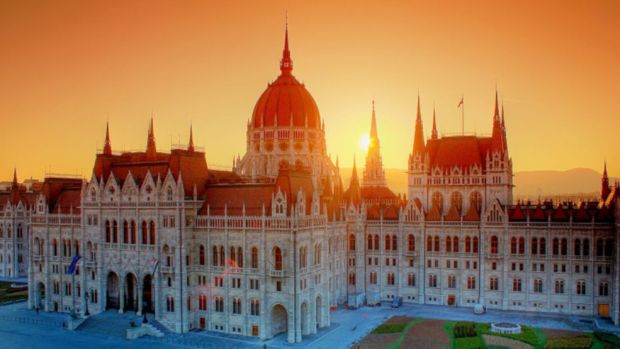
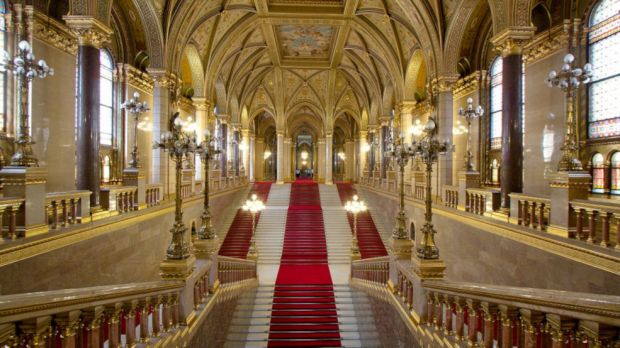
St. Stephen Basilica
St. Stephen Basilics is the third largest church in Budapest. The Basilica’s construction began in 1851 under the supervision of Miklós Ybl, then József Kausner, and was completed in 1905. The Classicist-style building houses one of Hungary’s most sacred relics: the Holy Right, which is locally revered as the mummified right hand of St. Stephen, the king who founded the state of Hungary. Famous masterpieces in the church include statues by Alajos Stróbl and a painting of St. Stephen offering the country to the Virgin Mary.
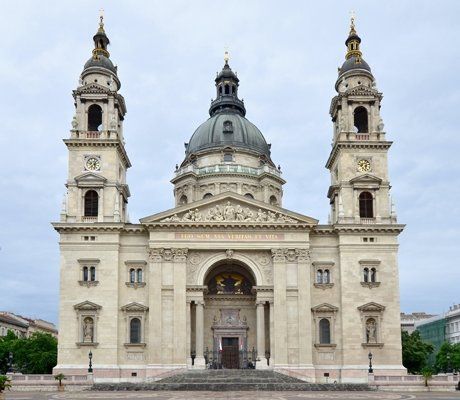
Matthias Church
It’s real name is Church of Our Lady of Buda (Budavári Nagyboldogasszony), but it’s colloquially known as Matthias Church (Mátyás templom). Standing in the heart of the Buda Castle District, it served as Hungary’s coronation church from at least the 16th century.
The church has undergone several major transformations over the centuries. Some of the current structure dates back to the second half of the 14th century. In the 17th century, it underwent major reconstruction in Baroque style, following the Ottoman occupation when the church was turned into a mosque and its walls were whitewashed. Today's Matthias Church is the result of a major renovation that took place between 1895 and 1903. The frescoes are the works of famous Hungarian artists such as Károly Lotz, Bertalan Székely and Mihály Zichy.
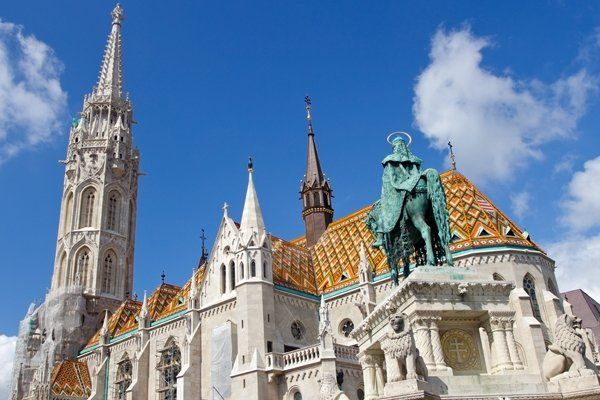
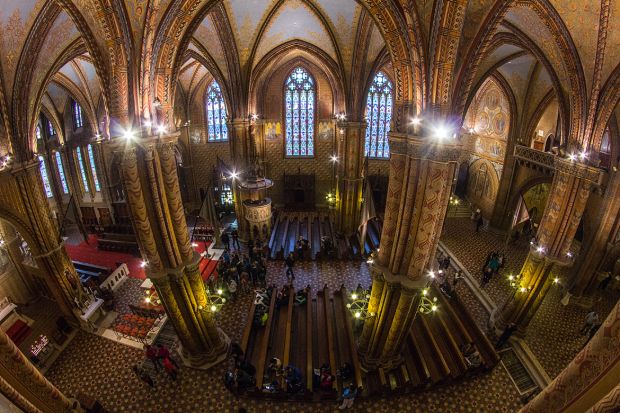
Dohány Street Synagogue
Also known as the Great Synagogue, the Moorish revival-style building is one of the largest Jewish temples in the world and reminds us of the size of the Jewish population that once inhabited the capital. Its construction beginning in 1854 and its consecration in 1859, the Great Synagogue is a center of a moderate reformed branch of the religion, Neolog Judaism.
Today’s complex includes a museum and, in the rear courtyard, a memorial to Jewish Holocaust victims in the form of a weeping willow with the names of the dead and disappeared inscribed on the leaves.
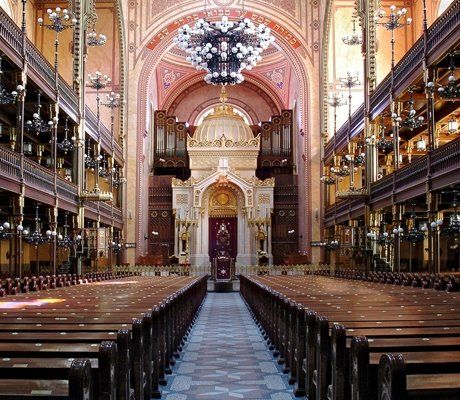
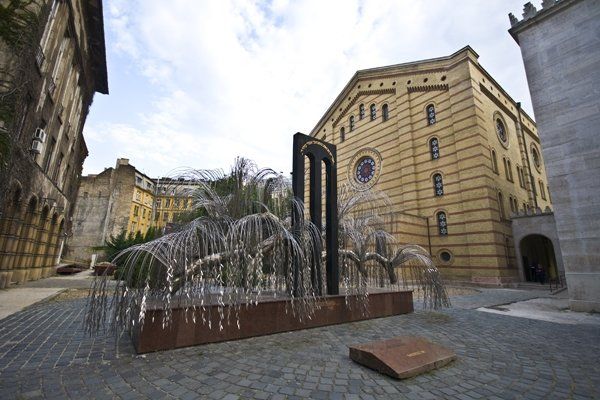
Great Market Hall
At the end of the 19th century, the municipal leaders of Budapest wanted to create a modern, airy, clean and indoor market hall to replace the small street markets and stalls strewn out across the city. This resulted in the construction of the Great Market Hall, which opened in 1897 at the Pest side of the Liberty Bridge. Built with neo-Gothic ornamentation, the market hall offers a magnificent example of historicism in brick architecture in Hungary.
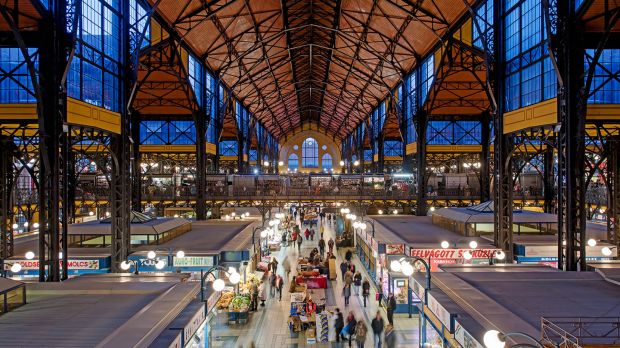
Liszt Academy of Music
The Academy of Music is the most prestigious concert venue in downtown Budapest and one of the most important Art Nouveau buildings in the capital, occupying the corner of Király Street and Liszt Ferenc Square. It takes hours to admire and discover the many motifs and symbols that adorn the interior and exterior of the building, which received the Award of Excellence following its renovation in 2013.
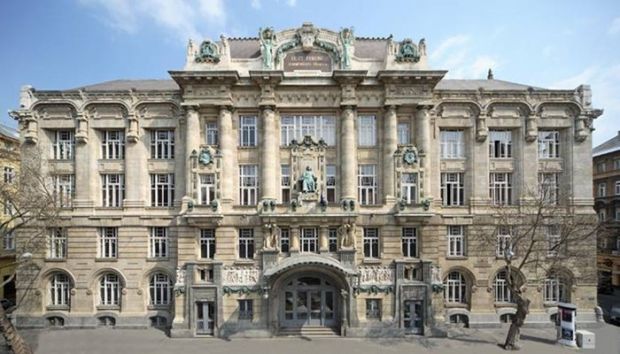
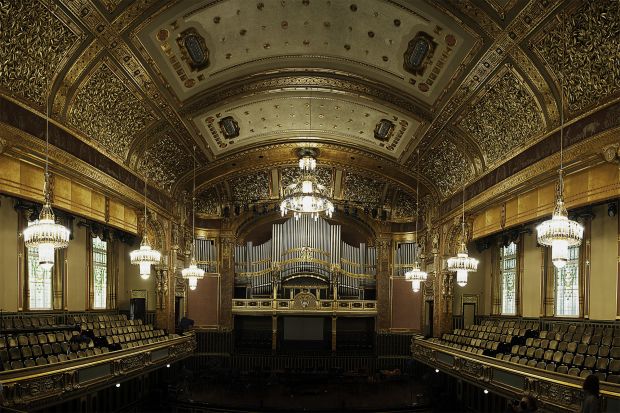
Buda Castle and Várkert Bazaar
The Buda skyline is dominated by the Buda Castle. Largely constructed in Baroque style with Art Nouveau elements, the castle served as the royal residence from the 1300s to the end of the Hungarian monarchy in the early 20th century. It now houses the Budapest History Museum, the Hungarian National Gallery and the National Széchenyi Library. The palace looks particularly magical when floodlights illuminate the structure during the evenings.
The Várkert Bazár is one of the most beautiful structures of the Hungarian romantic style, where art and nature complement each other. This distinctive architectural work offers an experience of history, culture and nature all at the same time. For its beauty and balanced proportions, some consider it a masterpiece. After decades of neglect under the communist regime,a reconstruction began under the Orbán Government in 2011, which has incorporated exhibition halls and a multifunctional event hall as well as a full restoration of the structure and gardens.
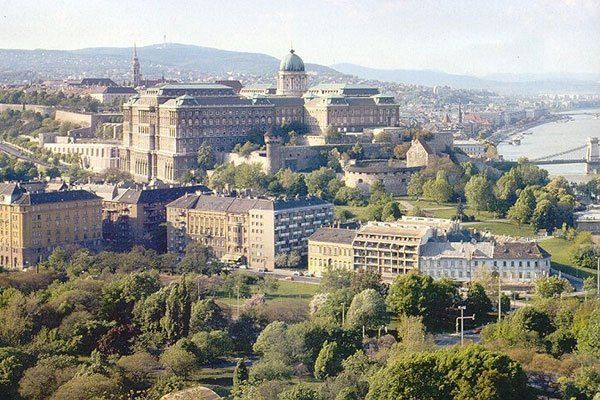
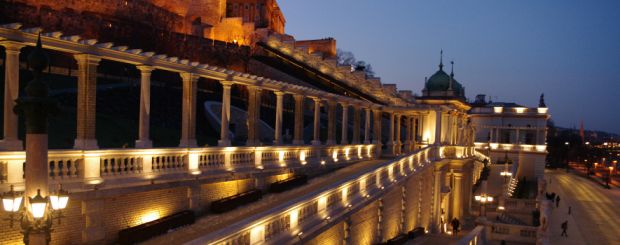
Gresham Palace
Gresham Palace gives Budapest one of its most outstanding examples of Hungarian Art Nouveau architecture from the early 20th century. Originally it served as the Budapest office of Gresham Insurance Brokers. The first floor housed the renowned Gresham Café, where the Gresham Circle, a group of Hungarian artists held their meetings. Today, it offers luxury accommodation to Budapest tourists.
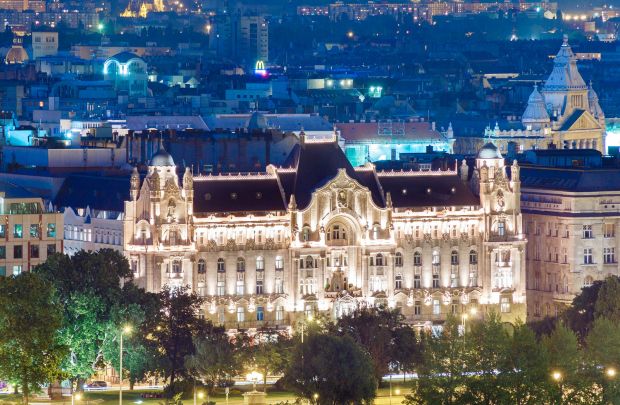
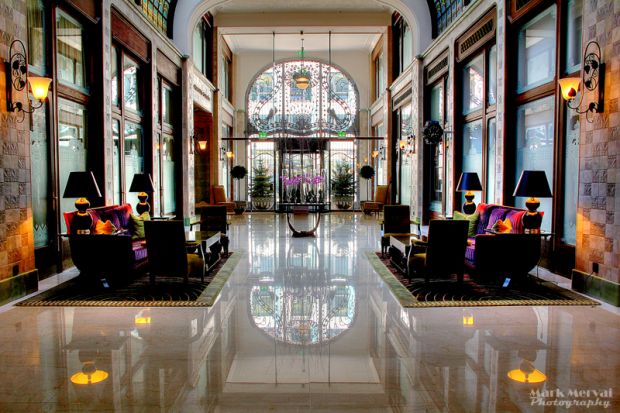
Lotz Hall
At the mezzanine level of the Art Nouveau building of the former Paris Department Store, we find what is probably one of the most stunning cafés in the world. The artfully decorated Lotz Hall, today housing the Café Párisi, features frescoes by renowned Hungarian painter Károly Lotz and offers an exceptional place for an afternoon tea or coffee.
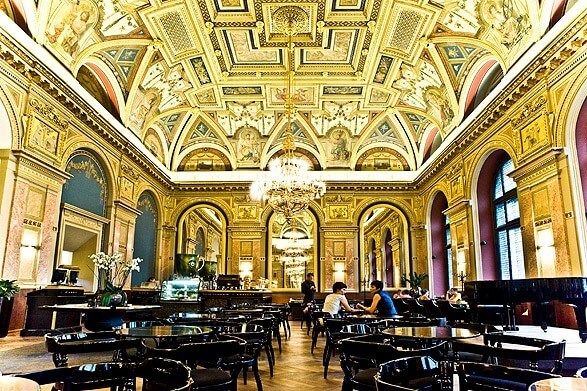
Palace of Arts
The Palace of Arts opened in 2005. Budapest’s long-awaited new cultural hub speaks to more than a hundred years of Hungarian cultural history. There’s nothing like it in 20th century Hungarian architecture, and it has no peers in the whole of Central Europe. At the heart of the Palace, the Béla Bartók National Concert Hall boasts features that will remind you of a Gothic cathedral and guarantees excellent acoustic quality.
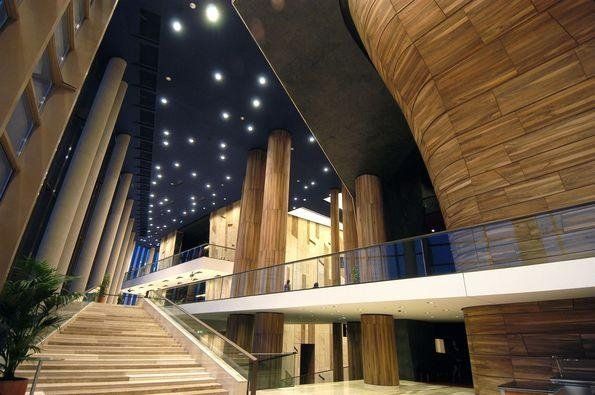
Photo credit: spiceofeurope.hu, szmo.hu, parlament.hu, budapest.com, varkertbazar.hu, welovebudapest.com
